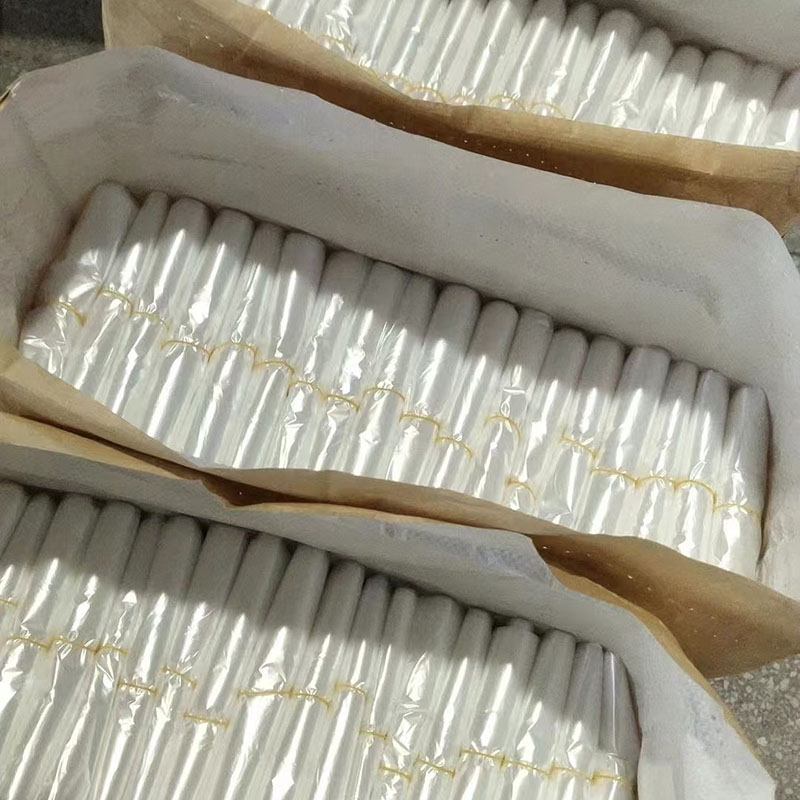How to quickly learn about heat shrink packaging
2025-10-20
Shrink Wrap
This is a packaging method that involves wrapping a product or package with heat-shrinkable plastic film. The film then rapidly heats the film, causing it to shrink at a specific rate, clinging tightly to the packaged item.

1. Principle of Shrink Wrap
Plastic film stretched above the polymer's glass transition temperature and rapidly cooled can return to its pre-stretched state upon reheating. Shrink packaging technology exploits this shrinkage property.
Appropriately sized shrink film is applied to the packaged item. After heating in a hot air oven or hot air gun for a few seconds, the film instantly shrinks, tightly wrapping around the product, facilitating transportation or sales.
2. Key Performance Indicators of Shrink Film:
Shrinkage Rate, Shrink Tension, and Shrink Temperature
3. Shrink Wrapping Process
This process consists of two steps: first, pre-packaging, where the product is wrapped in shrink film, leaving the necessary openings and seams for heat sealing; then, heat shrinking, where the pre-wrapped product is placed in a heat shrinking machine and heated. During the pre-packaging process, the film should be 10-20% larger than the product. If the size is too small, it will be inconvenient to fill the items, and the shrink tension will be too large, which will tear the film. If the size is too large, the shrink tension will be insufficient, and the film will not be tightly wrapped or flat. The thickness of the film is determined by the size and quality of the product.
4. Characteristics of shrink packaging:
| Feature | Benefit |
|---|---|
| High Flexibility & Strength | Resistant to tearing, impact, and bursting; strong load-bearing capacity can replace carton packaging |
| High Shrinkage & Load-bearing | Shrinks tightly around items; can carry up to 15kg after shrinking, facilitating handling |
| Excellent Transparency | 80% light transmittance clearly displays products and reduces shipping errors |
| Superior Protection | Moisture-proof, waterproof, and dust-proof; enhances appearance while protecting products |
5. Films suitable for heat shrink packaging include:
PE (polyethylene), PVC (polyvinyl chloride), PVDC (polyvinylidene chloride), PP (polypropylene), PS (polystyrene), EVA (ethylene vinyl acetate) and ionomer films. PE film is the largest in terms of usage, followed by PVC. The usage of both films accounts for about 75% of the total shrink film volume.
6. Main performance indicators of shrink film:
(1) Shrinkage rate and shrinkage ratio. Shrinkage rate includes longitudinal and transverse directions. The test method is to first measure the length L1 of the film, then immerse the film in 120-degree glycerin for 1-2 seconds, take it out and cool it with cold water, and then measure the length L2. The ratio of the shrinkage rates in the longitudinal and transverse directions is called the shrinkage ratio.
(2) Shrinkage tension. Shrink tension refers to the tension applied to the packaged product after the film shrinks.
(3) Shrink temperature. Shrink film begins to shrink when heated to a certain temperature and stops shrinking when the temperature rises to a certain level. The temperature within this range is called the shrink temperature. For packaging operations, the temperature reached when the package is heated in the heat shrink tunnel and the film shrinks to produce a predetermined tension is also called the shrink temperature.
 English
English Español
Español Português
Português русский
русский Français
Français 日本語
日本語 Deutsch
Deutsch tiếng Việt
tiếng Việt Italiano
Italiano Nederlands
Nederlands ภาษาไทย
ภาษาไทย Polski
Polski 한국어
한국어 Svenska
Svenska magyar
magyar Malay
Malay বাংলা ভাষার
বাংলা ভাষার Dansk
Dansk Suomi
Suomi हिन्दी
हिन्दी




